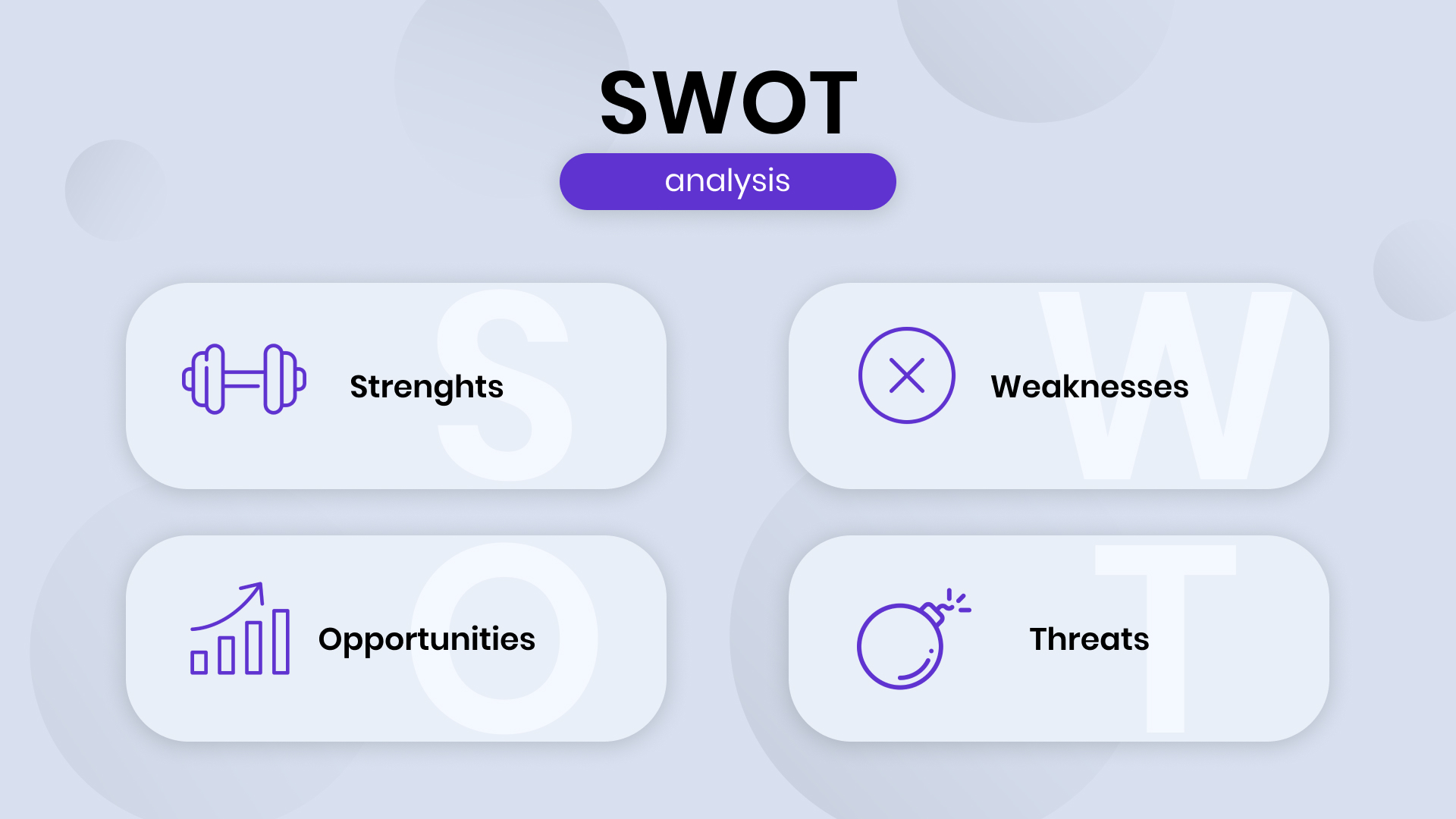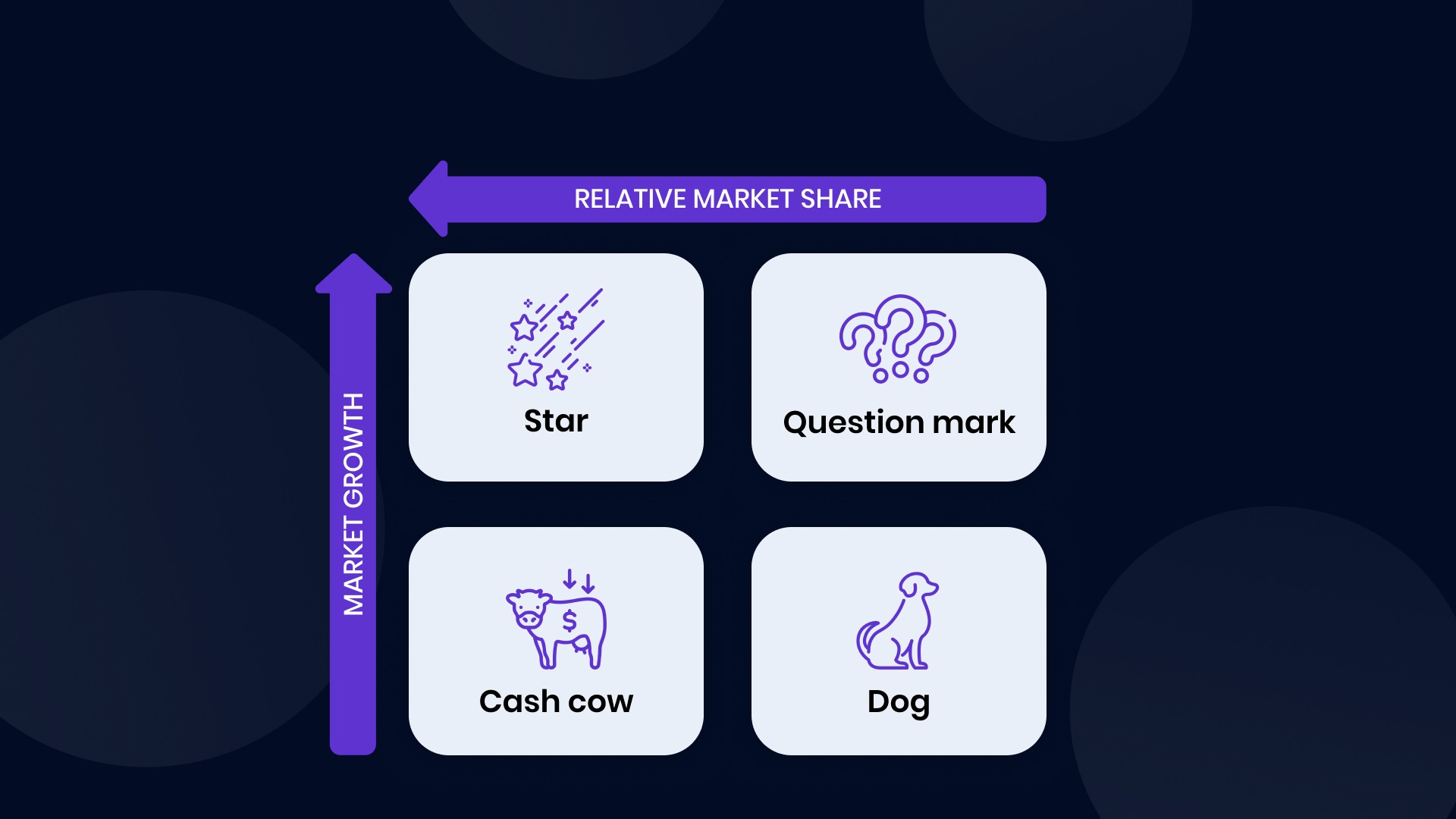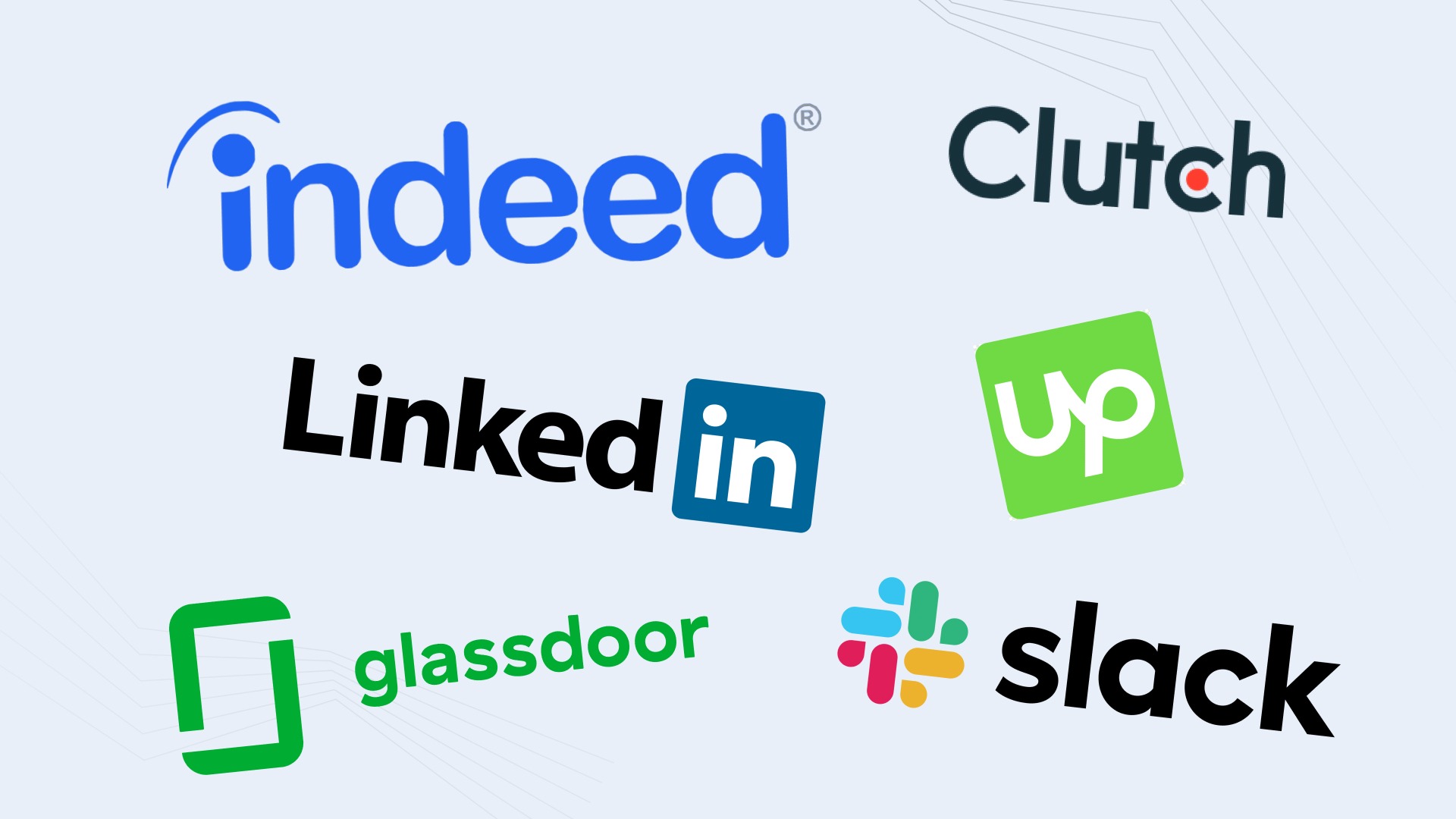
Forget the days of limited resources and skyrocketing IT costs! In 2022, the outstaffing work model is more available and achievable than ever. IT companies around the globe learn to choose between different models, like traditional outsourcing and dedicated teams, and opt for staff augmentation more often than ever before. The outstaffing model of cooperation seems to be a good choice for companies that want to get a competitive advantage and cut costs.
Content:
- Why has staff augmentation become an alternative to outsourcing?
- What should you do before creating your own staff augmentation company?
- The transition period for staff augmentation companies – things to consider
- Building your IT business: Proven strategies to attract new clients
- How does the IT outstaffing market look in 2024?
- Summing up
Peak performance, not peak costs. Staff augmentation gives you access to a global pool of top-tier talent without the hefty overhead of traditional hiring. You get the tech muscle you need when you need it at a fraction of the price.
Demand is on the rise, and savings are in your sight. The demand for high-quality staff augmentation services is skyrocketing, making it a win-win for both businesses seeking a competitive edge and skilled professionals looking for exciting opportunities.
Curious how staff augmentation services can transform your IT operations?
Why staff augmentation is rising as an alternative to outsourcing
The IT services market is witnessing a shift towards staff augmentation, and there’s a compelling reason: cost efficiency. Compared to traditional outsourcing models, staff augmentation can offer significant savings, sometimes reaching up to 60% on software development projects.
Here are three main IT service delegation models to help you understand the key differences.
Fixed-price outsourcing (low control)
This model caters to clients with clear and well-defined project requirements. They essentially “hand-off” the entire project to the outsourcing company, relinquishing control over the development team and day-to-day operations. While convenient, it’s often the most expensive option. Outsourcing companies factor potential risks and uncertainties into their pricing, leading to higher overall costs. Think of it as a complete, turn-key solution – a finished website developed using this model could cost upwards of $250,000.
Traditional outsourcing (gradual delivery)
Classic outsourcing offers more flexibility than the fixed-price model. Projects are delivered in stages or iterations. For instance, a client might receive the design layout for a website one week, followed by the complete structure the next, with the ongoing development of functionalities week by week. This allows for adjustments and course corrections along the way. Clients have some control over the development process and can influence the final product. Costs typically range from $100,000 to $200,000, and the final price can be impacted by the client’s acceptance or rejection of additional functionalities proposed by the outsourcing company.
Staff augmentation (scalable expertise)
Staff augmentation flips the script on traditional outsourcing. Instead of contracting for a complete service, companies hire specific IT professionals with the skills and expertise required for their projects. This could include developers, QA engineers, designers, or other specialists. Think of it as an extension of your in-house team. The core development team remains within your company, and you only pay for the expertise you need when you need it. Staff augmentation offers significant cost savings – typically between $10,000 and $20,000 – because you’re not paying for an entire outsourced team and their overhead.
Roadmap to creating IT staff augmentation company
Thinking of transforming your IT business into a staff augmentation company? This can be a strategic move, but thorough preparation is key to success. Here are the steps you should take.
1. Know your competition
The staff augmentation market is competitive, particularly in terms of cost. Many successful companies operate internationally, leveraging salary differences between regions. Eastern Europe and Asia are key players, offering skilled developers at lower costs compared to top economies. Here’s a snapshot of average developer salaries in some leading outsourcing destinations in 2022.
Country Average monthly salary (USD) Average yearly salary (USD)
Estonia $2,700 $32,400
Poland $2,600 $31,200
Slovakia $2,400 $28,800
Ukraine $2,200 $26,400
India $2,100 $25,200
Vietnam $2,100 $25,200
Indonesia $2,000 $24,000
Philippines $1,300 $15,600
As of 2024, the absolute numbers might have changed by 10-15% however, the rating has been unchanged.
These countries offer several advantages:
- Skilled workforce. They boast developers with strong technical knowledge and expertise in new technologies.
- Language skills. English proficiency is often high, facilitating communication with clients.
- Government support. Many of these countries offer tax breaks and other incentives to promote the IT sector.
The US market nuance. If you’re based in the US, competing solely on cost might be challenging. Average developer salaries are significantly higher here compared to Eastern Europe and Asia. You’ll need to emphasize other strengths beyond just low prices. Consider targeting high-value clients. Focus on companies willing to pay a premium for specific expertise or niche skillsets. You can also consider setting up your office in a location with lower developer salaries within the US, like Miami, and target higher-paying areas like New York.
2. Embrace change and prepare your team
Transitioning from product development or fixed-price models to staff augmentation requires internal adjustments. Not everyone in your current team may be enthusiastic about the change.
Communication is key. Clearly explain your vision and the potential benefits of the new model. Provide data and evidence to support your decision.
Retain top talent. Develop strategies to keep your best managers and developers on board. This might involve skill development opportunities, competitive compensation packages, or clear career paths within the new business model.
3. Conduct a SWOT analysis
Conduct a SWOT analysis to assess your internal strengths and weaknesses, as well as external opportunities and threats. This will provide a comprehensive picture of your business.

- Strengths. Identify your existing advantages, such as a strong talent pool, a proven track record, or a specific industry expertise.
- Weaknesses. Be honest about areas for improvement, such as limited experience in staff augmentation or a lack of name recognition in the market.
- Opportunities. Explore potential growth opportunities in the staff augmentation sector.
- Threats. Identify potential challenges, such as intense competition or economic downturns, that could impact client spending.
4. Find your unique selling proposition
What sets you apart? Why would companies choose your staff augmentation services over competitors? Here’s how to find your answer:
Talk to existing clients. Conduct surveys or interviews with your current customers. What factors influenced their decision to choose your company in the past? Was it exceptional service quality, innovative solutions, or competitive rates?
Focus on your strengths. You can’t excel in every area simultaneously. Analyze the results from your client interactions and identify your strongest asset. This could be your deep industry knowledge, your agile development approach, or your commitment to client satisfaction. Highlight this strength in your marketing and communication efforts.
The transition period for staff augmentation companies – things to consider
Moving from one business model to another, even similar models like outsourcing and staff augmentation requires careful planning. A complete client switchover can take up to six months – a valuable window to solidify your vision and prepare for the future.
Define your course
Establish clear metrics to track your progress toward strategic goals. Set deadlines and reporting periods to stay on course.
Align with company values. Rapid changes can be unsettling. Maintain core values and vision while gradually introducing the new business model. Craft a multi-step vision to ensure a smooth transition.
Prioritize your client base
The transition period is an opportunity to streamline your client portfolio. The Boston Consulting Group (BCG) Matrix can help you categorize clients.

- Dogs. These clients drain resources and offer minimal returns. Consider parting ways.
- Cash cows. These are reliable profit generators. Prioritize retaining and exceeding their expectations.
- Stars. Your “star” clients are high-growth and profitable. Focus on nurturing these relationships.
- Question marks. These clients have uncertain potential. Evaluate their future viability.
Remember, satisfied clients become brand ambassadors, attracting more high-quality clients through positive word-of-mouth referrals. The transition period is a prime time to generate new leads and build a robust client base.
Clearly communicate the benefits of staff augmentation to your existing clients. Highlight advantages like cost reduction, increased control over development teams, and greater project agility. Be prepared for some clients to hesitate – losing a few is inevitable during this shift.
Build a strong talent pool
Under the outsourcing or fixed-price model, project managers handled client communication. In staff augmentation, your developers, QA engineers, and designers will interact directly with clients and their teams. Thus, you will have to focus on recruiting and HR management.
Recruiting. Prioritize hiring highly skilled technical staff with outstanding communication abilities, both hard skills (technical expertise) and soft skills (communication, collaboration).
HR management. Invest in training programs to ensure your staff maintains the necessary skills and delivers exceptional performance throughout client contracts. A strong reputation is paramount in the staff augmentation space.
Building your IT business: Proven strategies to attract new clients
Finding new clients is the lifeblood of any IT business. Here are some proven strategies for attracting top-tier clients and boosting your business.
1. Use the power of online platforms

The internet provides a vast pool of potential clients. Utilize these established online platforms to showcase your expertise and connect with them.
Clutch allows verified clients to leave reviews, building trust and credibility for your business.
Indeed and Glassdoor are not only job boards. These platforms can also be used for employer branding. Highlight your company culture and open positions to attract skilled professionals who might bring new clients through their networks.
LinkedIn helps you create informative profiles for your company and employees, join relevant IT groups, and actively engage in discussions.
Slack communities connect you with potential clients and industry leaders, help you establish yourself as a thought leader, and share valuable insights.
Upwork (optional). While Upwork can be a good starting point for freelancers, established IT businesses may find it more effective to focus on attracting larger, direct clients.
2. Network in person
Don’t underestimate the power of face-to-face interactions. Attend industry events to connect with potential clients and build relationships.
- Host webinars or participate in industry webinars on relevant topics. This showcases your expertise and positions you as a valuable resource.
- Sponsor or participate in hackathons. This allows you to connect with talented developers who might become future colleagues or client referrals.
- Attend industry lectures and seminars. Network with attendees, share your business cards, and follow up with promising connections.
3. Content marketing
Create high-quality content that demonstrates your expertise and attracts organic traffic to your website.
Start a blog on your website and publish informative articles and case studies that address your target audience’s pain points and showcase your solutions.
Engage in professional IT communities online by sharing insightful comments and articles. This positions you as a thought leader and increases brand awareness.
Consider collaborating with relevant industry websites or blogs for guest posts or link exchanges. This can drive qualified traffic to your site and improve your search engine ranking.
4. Partner up
Subcontracting can be a strategic way to expand your reach and attract new clients. Partner with complementary businesses that serve your target market. Cross-promotion or joint offerings can broaden your client base.
5. The value of word-of-mouth
Delighted clients are your best brand ambassadors. Showcase positive client testimonials and case studies on your website – Social proof builds trust and attracts new clients. Implement a referral program to incentivize existing clients to recommend your services to their network.
Actively engage with potential clients on platforms like X(Twitter) or Instagram. Share industry news, participate in relevant conversations, and showcase your company culture to attract top talent who can bring in new business.
How does the IT outstaffing market look in 2024?
The IT outstaffing market in 2024 continues its growth fueled by the remote work trend but with some significant shifts due to geopolitical events.
- Geopolitical impact. The war in Ukraine has restricted Russian and Belarusian outstaffing companies, creating opportunities for Ukrainian companies that have relocated to the EU. We can expect growth in the Ukrainian sector in 2024.
- Focus on expertise. Standing out requires specialization. Companies with deep expertise in specific industries (e.g., healthcare, finance) will be well-positioned.
- Market growth. Demand for IT services is still rising, presenting an expansion opportunity for outstaffing companies.
- Remote work. The comfort with remote teams continues, solidifying the value proposition of outstaffing for global talent access.
Summing up
Thinking about transitioning from classic outsourcing or fixed-price models to staff augmentation? It’s a strategic move but one that requires careful evaluation. Here are some key factors to consider:
- Understand your motivation. Before making the switch, clarify your reasons for pursuing the outstaffing model. This market is highly competitive, with entire countries established as powerhouses, offering top-notch services at attractive rates.
- Potential for loss during transition. Be prepared for some natural shrinkage during the shift. Some managers and developers may be apprehensive about the new model and choose not to stay on board. Additionally, clients accustomed to the previous model might hesitate to change their approach.
- The current market opportunity. Despite the competition, the staff augmentation market is still experiencing growth. This presents a window of opportunity for new players to establish themselves and capture a profitable market share.
Content
- 1 Why staff augmentation is rising as an alternative to outsourcing
- 2 Roadmap to creating IT staff augmentation company
- 3 The transition period for staff augmentation companies – things to consider
- 4 Building your IT business: Proven strategies to attract new clients
- 5 How does the IT outstaffing market look in 2024?
- 6 Summing up


